World Fine Art Professionals and their Key-Pieces, 118 - Willem Overtoom
World Fine Art Professionals and their Key-Pieces, 118 – Willem Overtoom
Willem Overtoom paints with light. He doesn’t do it with a brush, but with his camera. The last 28 years he travelled every three / four years for a period of about six months to Central- and South-America and Asia. He has also been active in Europe, Jamaica and three states in America.
He doesn’t work like a photojournalist or documentary photographer, neither makes series, he simply chooses what he thinks beautiful, what he wants to show. Sometimes he has to be very fast, because a specific light falling somewhere – a rock, a waterfall, a rice field – can have disappeared, by the advancing clouds for example. In addition to light, shape and composition are important elements. He works with simple means, doesn’t manipulate, and cuts out in such a way that the essence remains.
Peintre et sculpteur photographique
I’m visiting him at his home in the inner city of Leiden. In the bookcase are many photobooks. On the wall several photos, including a famous photograph of the Cuban photographer Raúl Corrales on which we see a group of revolutionaries on horses in victory mood on the way to Havana. Fidel Castro has just defeated the old regime. A white horse in front and many waving flags. “I could buy it during the photo festival in Perpignan from Corrales himself for two hundred guilders.” A Japanese geisha, made by Fred Rohde. More photos in the hallway and the room at left, from among others Teun Voeten, a large 60 x 50 Polaroid picture by Toto Frima, Toto Frima himself by Willem Overtoom and Sara Blokland, who made a picture of a video of herself.
In the hallway photos of his other ‘lines’, the ‘literary photography’, the Eros series and some Changing Light series, in which he tries to capture hidden feelings and emotions. Behind the bench in the living room there’s another example. Overtoom: “Till 2002 I went years to the annual photography festival in Arles, ‘Les Rencontres de la Photographie’. There were more Dutch, including Marlo Broekmans, Cindy Marler, Bert Teunissen, Manfred Wirtz and Toto Frima. I befriended the photograph collector Bert Hartkamp there. I took his purchases in Arles to the Netherlands. He also bought two pictures of me. The curator of the Bibliothèque National de France in Paris, Claude Lemagny, came till his retirement, always to the Arles Photo festival where he held during successive days portfolio reviews. I showed him my Eros pictures. He gave me directions and criticism. He always sat at his table, and always spoke French, but at one point he stood up, took a picture of me and begins to explain that picture to everyone in English. He called me a ‘peintre et sculpteur photographique’. Five works from this series are in the collection of the ‘Bibliothèque Nationale, Department Photographie et Timbres-Poste’.”
De Lakenhal
Willem Overtoom did actually paint quite a few years, with oil. That was around 1970. “They called me ‘the Dutch Belgian’. My work could be compared in a way with Margritte, Raveel and Reinier Lucassen.” He shows a small portfolio on his phone. A painting of a girl of 15 with the contour of her hair in the blue lost face who puts her sheep clouds next to each other. Margritte-like indeed, and a painting of the mother of his son and one of himself, with the path in life they have to travel.
And then we look at the travel photos, the most of Angkor Wat. “Some say ‘That looks like Mondrian’s Gein-painting’.” A monk near a tree in Myanmar. Big water jugs also in Myanmar. “On every corner is such a water jug.” And at the jug lies a cotton coffee filter to purify the water. A selection of ten landscape photographs, 90 x 135 cm, hung in an exhibition in Museum De Lakenhal in Leiden. This museum has bought two works out of that series. “They have been shown already three times.” A few years ago, in 2007, I saw Overtooms exhibition ‘A Wanderers Passion’ by up to 65 photos in ‘Ars Aemula Naturae’ of his travels to Cambodia, Thailand, Laos and Myanmar in 2003/04.
De Ploeg
On the windowsill there is a large abstract painted egg on a dado. It appears to have been made by Willem’s mother. “She was extremely creative. She made all kinds of everything, painted silk scarves, but also made special cribs for example.” His father had a connection with art as well. He collected art. “As a boy he wanted to learn to draw, but it was ‘beaten to death’ in high school. I have also had the same art teacher. When my father was 45, we lived in Bergen, he began collecting. First painters of the Bergen School, later painters from De Ploeg from Groningen, which was not yet so popular. Dad had a large collection of De Ploeg, among others Altink and Wiegers. He collected with two brothers of mine, both radiologists. Dad had a feeling: this could be it. He bought paintings for 3,000 guilders, currently worth 30,000 euros.” Willem has inherited a large gouache of one of them, Engelbert L’Hoëst, “former member of the Amersfoort painter society De Ploegh, who lived his working life in France, and only returned when he was already over 80 years old. Two years before his death he had on his 87th a fine retrospective at Museum Flehite.”
Stedelijk Museum
Dad also kept Willem’s first artworks. He was five years old. He shows it on his phone. Drawings on pieces of scratch-pad paper were stuck on strips of wrapping paper by the nuns of the kindergarten to take home. It was still austerity time then, Willem was born in 1945. I see bears in a boat, a train and landscapes in perspective, most notable for a five-year old. “When I was ten, we lived in Amsterdam. I could go to the ‘Free Expression’ in the attic of the Stedelijk Museum. Ad Pieters had set it up at the instigation of the then director Willem Sandberg. At one point he said to Pieters: ‘Nice work of those children. You should hang it somewhere in the museum’.” And so Willem Overtoom exhibited already at his 11th in the Stedelijk Museum, with a linocut of an elephant rushing on you.
To go to the attic, little Willem got a subscription to the Stedelijk Museum. “My school finished at 12.00 already and the club started at 14.00. I went wandering in the halls of the museum. I understood not all.” A few years later, he was 16 and been admitted to the Academy of the Catholic College in Tilburg, he was back at the Stedelijk Museum. “I had not been there for a few years. It was a feast of recognition, but now peppered with the thrill of understanding. A lot older, I looked with new eyes it seemed, I felt like floating through the halls on foam blocks. The self-portrait of Jan Sluijters was clear to me, I understood Chagall’s ‘Le Violoniste’ completely, and also his ‘La femme enceinte (Maternité)’, it was all-in-all an absolute ‘peak experience’.”
Refugee camp
A brother of Willem went to the Rijksakademie van Beeldende Kunsten in Amsterdam. “But he doesn’t have time for painting. He is now a set builder and has a home repair business, he builds and remodels.” Of the two radiologist brothers who collect art one also makes very nice landscape pictures and then there is a brother who is a tropical doctor who has photographed for OOR-magazine in his youth. Willem is the eldest of seven, six boys and a girl.
At one point the tropical doctor was stationed in a refugee camp on the border of Thailand and Cambodia. It was 1987. Willem had enough of his work as a designer and interior architect at two furniture factories and as a teacher in the audiovisual and visual arts at a social academy. “After twenty years of being too intense busy, too focused on others, I was up, and collapsed completely. My psychiatrist strongly advised me to open up my creative possibilities, and work the rest of my life for myself. As preparation, I was advised to go for a long trip. I went to see my brother at the refugee camp, and then I would go a few weeks to Thailand for the first real photography.” The pictures he made in those six weeks were immediately exhibited. He even sold some of them (to Bert Hartkamp for example). Many people responded positively. “Wow! I like this, I said to myself. More fun than drawing, painting and design. I finally chose the path of photography. But not as a documentary photographer or photojournalist, but as an independent photo artist, in the manner of a painter.”
Yin and yang
He is looking for beautiful situations. “I also show that it is beautiful. I get comments like: ‘I was also there, in exactly the same places. I have not seen it.’ Apparently I have a nose for it.” I see a picture of a high rock where the light stands out nicely. “I saw that rock, suddenly came the light and I shot the photo. I knew it was good. But I kept thinking, ‘I hope it was successful’. At that time I still made slides, which I allowed only to develop in the Netherlands. I put all those not yet developed slides in a tupperware box that I could give to a photoshop in Bangkok to keep it in a refrigerator.”
He exhibited his Southeast Asian pictures at the Chinese Academy of Kuala Lumpur. “The Director, a major Chinese ink painter, had asked me to hold a lecture on Chinese tradition of landscape photography, how the man got the idea to ask me I don’t know. Only when he bought five prints for the collection of his academy, I looked at my work well again and I understood the Chinese look at things. I had no idea that my work contained so much yin and yang, feng shui, peace, balance and say a lot with little. A Chinese told me ‘You can not have made those photos, you’re not Chinese.’ All things considered, a great compliment. In Thailand, someone said to me ‘I think you’re a Buddhist’. When I later showed him my work, he said ‘You see’.”
Digital trip
Eight month he was in South America. He’d shot 265 rolls. He sent them to the Netherlands, to the professional lab at Leiden University to develop them. “They had a ‘hang machine’. That’s the best way to develop your slides.” He then was two / three months busy (with two persons) cutting the developed film, framing the slides, selecting, classifying and putting them in sheets. “Before I went to the Photo festival ‘Visa pour l’ Image’ in Perpignan, I took the South American portfolio to my parents. My father said ‘’Good work, but when will you paint again?’, to which my then 83-year-old mother said ‘Don’t you see that that boy paints with light?’”
In 2008 he made his first ‘digital trip’. And the following in 2011 and 2014. “I have long opposed to digital. But I’m glad I made that choise. I love it. I still shoot tight, as in the time of the slides, but much more, which makes the selection difficult.” Now he is thinking about the next trip which will take place in 2017/18 if nothing special intervenes. “I want to try to get a visa for half a year to Indonesia to visit the ‘outer islands’.”
http://www.image-in-image.com/ https://www.flickr.com/photos/willemovertoom/
http://bit.ly/2o1zCcE http://bit.ly/2nvJEyN http://bit.ly/2nOqqt4
http://ifthenisnow.eu/nl/verhalen/de-wereld-van-de-leidse-fotokunstenaar-willem-overtoom
Disclaimer: The views, opinions and positions expressed within this guest article are those of the author Walter van Teeffelen alone and do not represent those of the Marbella Marbella website. The accuracy, completeness and validity of any statements made within this article are not guaranteed. We accept no liability for any errors, omissions or representations. The copyright of this content belongs to Walter van Teeffelen and any liability with regards to infringement of intellectual property rights remains with the author.

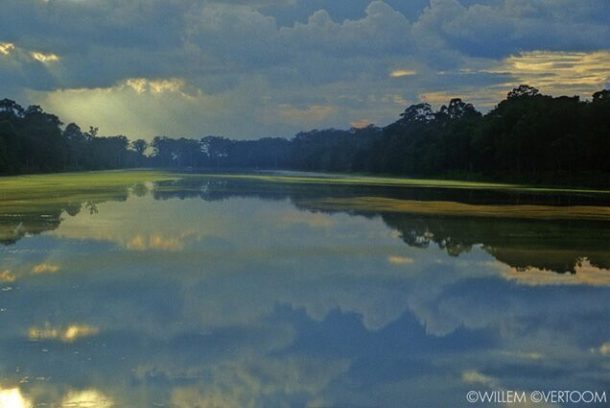

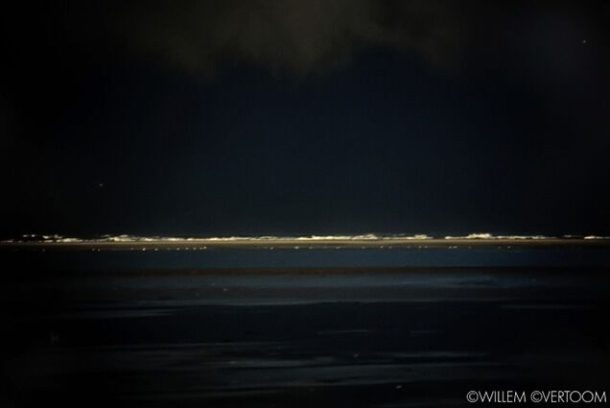
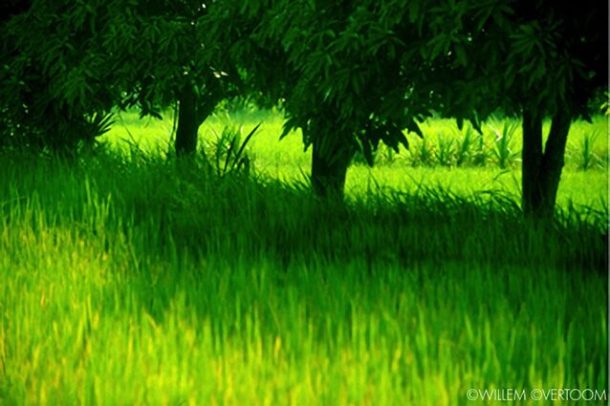
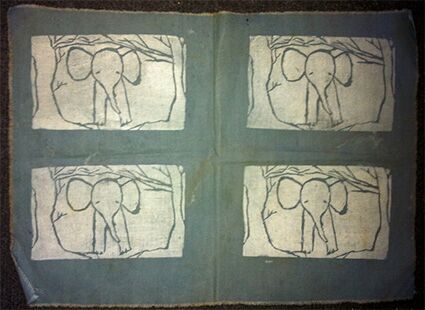
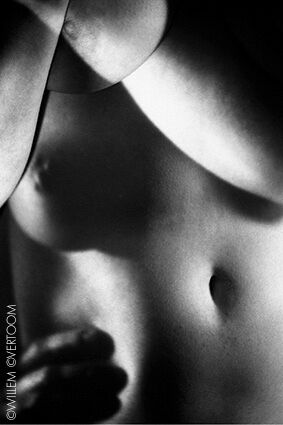
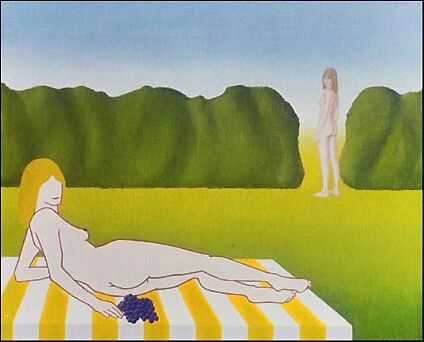
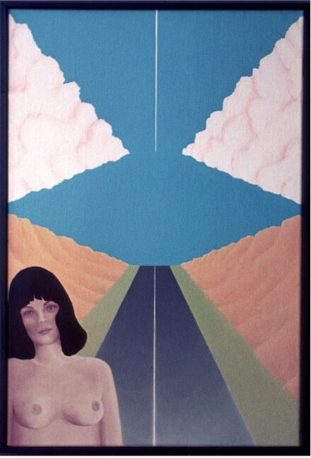
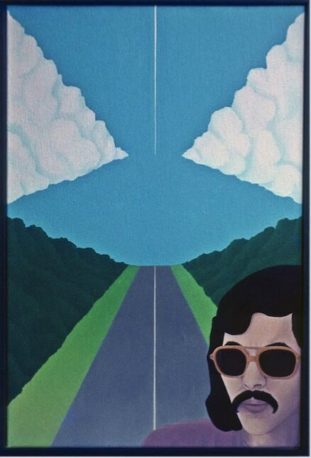
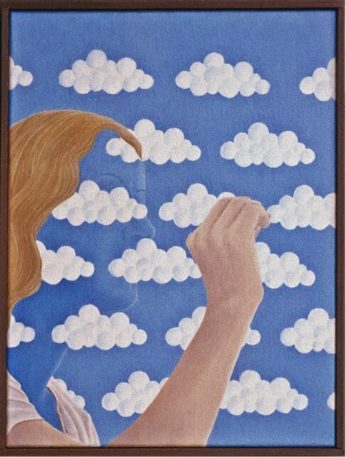














The opinions expressed by individual commentators and contributors do not necessarily constitute this website's position on the particular topic.